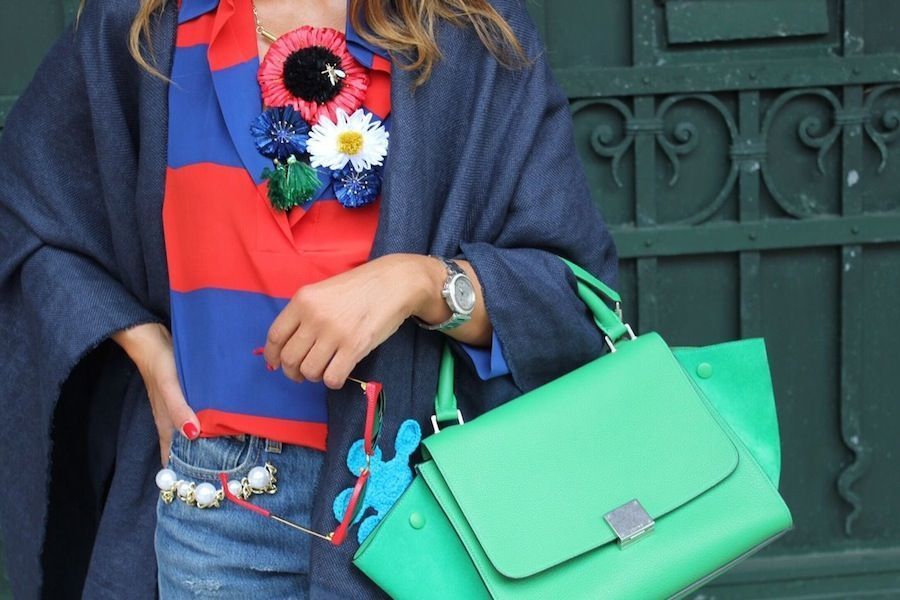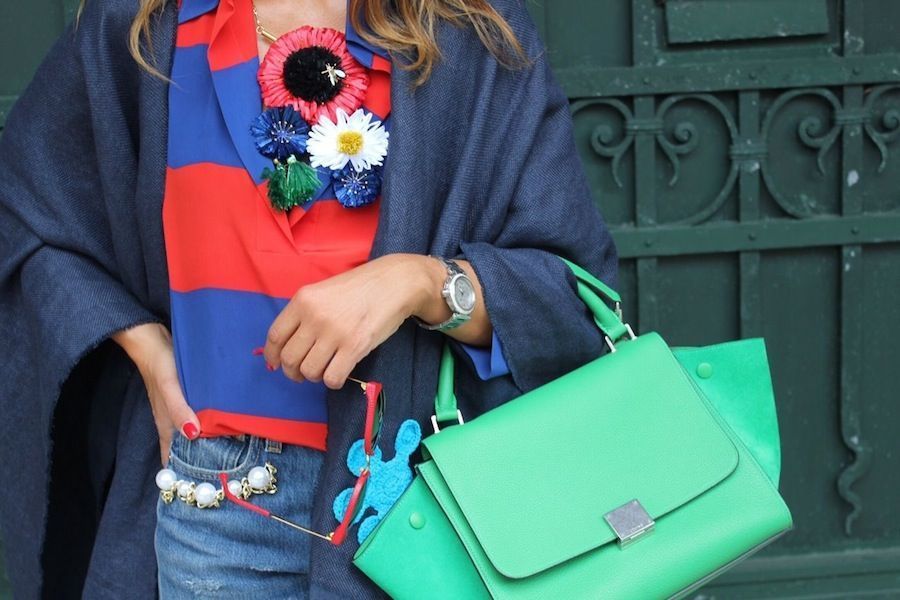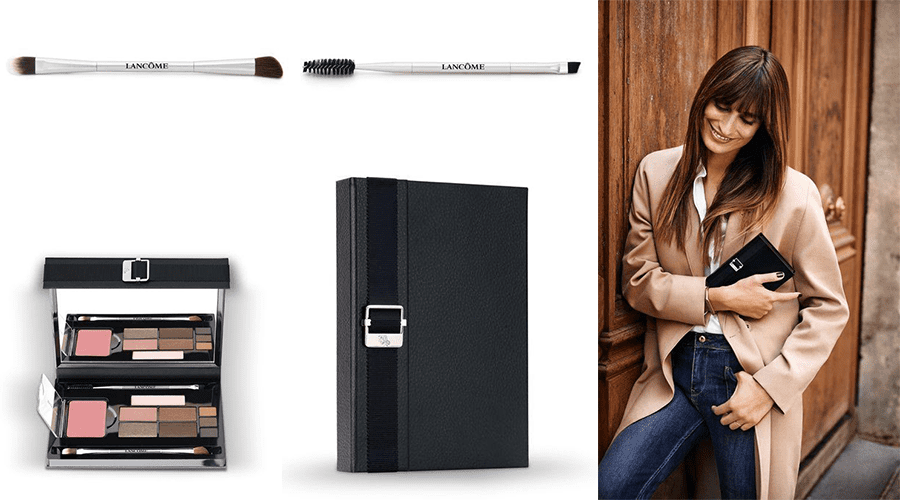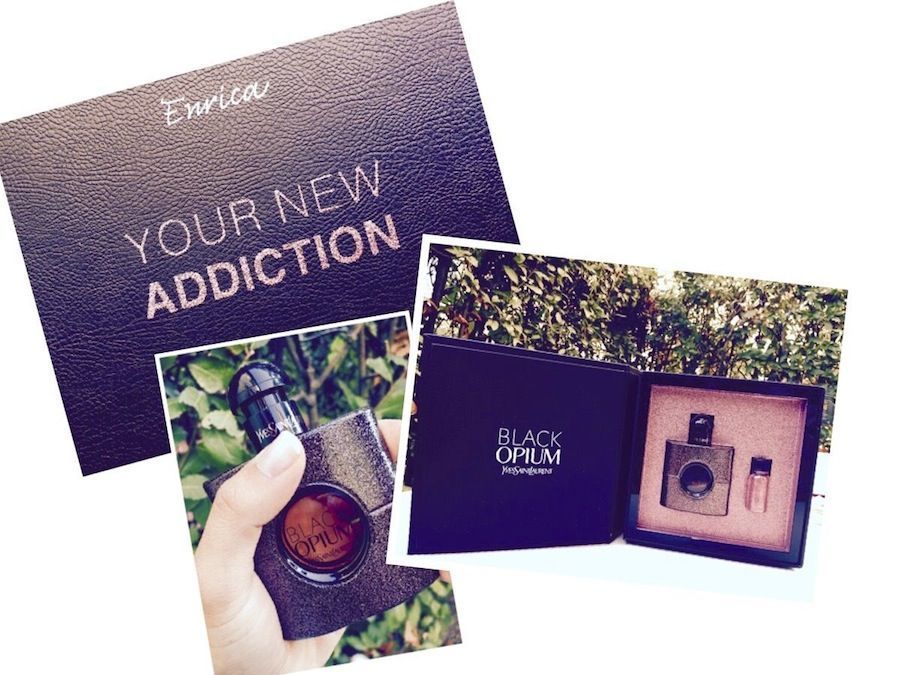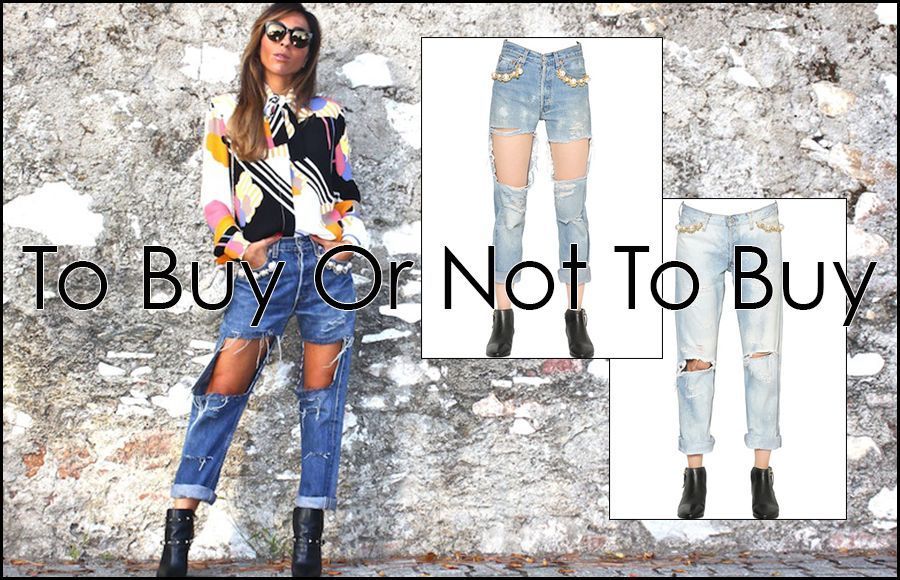Etichettare, qualificare, definire, sembra sempre che se non dai un nome esatto alle cose, sei un povero ignorante, perché tutto si chiama in un modo. E se qualcuno s’inventa qualcosa che ancora non esiste? Come si fa? I casi sono due: o viene capito – e a sua volta etichettato – oppure non viene capito – e a sua volta criticato e basta. – L’etichetta ha un peso importante, sia per chi compra, che per chi vende. Comprare e vendere qualcosa che non sai come si chiama, può essere un problema, e seppure non si possa negare che questa è un’esigenza, è anche vero che può definirsi tale solo nel momento in cui decidi di vivere a comparti stagni. Se la voglia di spaziare si fa sentire, è lei a diventare una nuova esigenza, il problema è che, anch’essa, per diventare commerciale, deve essere capita e poi etichettata. La licenza creativa d’inventare qualcosa che non c’è e contribuire alla bellezza o alla bruttezza del mondo, non è solo di chi vende, ma anche di chi compra. Il consumatore che non trova ciò che cerca, cambia ruolo per diventare un produttore: di un scatola su uno scaffale del supermercato, di un sexy toy, di un accessorio diverso e anche di un modo di vestire. Chi osa e viene capito abitua la gente a pensare in modo diverso, a vivere in modo diverso. Facendo acquisire agli altri uno stile che prima era suo soltanto, un pacchetto che viene venduto con classe e tasse incluse. Ma poi si torna sempre al punto iniziale, chi cacchio sono gli altri – quelli che inventano – per dire a te, che sei capace di scegliere da solo, come fare la spesa? La sostanza non è data da un nome, ma dall’aspetto e, ancor più, dall’esperienza personale. Se ti servissero un piatto con un nome incantevole e ben presentato, partirebbe già avvantaggiato, ma l’etichetta la metti solo dopo averlo assaggiato. Quindi, quando decidi di metterti qualcosa e osi con una ricetta, non preoccuparti se ancora non ha un nome, preoccupati che abbia un sapore che ti piace, una composizione originale non è diversa da un piatto di lasagne, si mangia anche quella, ma solo con gli occhi.
Labelling, qualifying, defining, it seems that if you’re not able to give an exact name to things, you’re an idiot as everything has a name. And what if someone invents something that still doesn’t exist? How to call it? There are two possible situations: either it is understood – and then labelled – or it is not understood – so criticised. Label is important, both for sellers and buyers. Selling and buying something that has no name can be a problem and even if we can’t deny it s a need, it is also true that it becomes such a need the moment you decide to live in sealed off compartments. If you feel the will to open up to new perspectives, then this will becomes a need, the problem is that, in order to be marketed, this new need must be understood and labelled. The creative licence to invent something new and contribute to the beauty or ugliness of the world is not just for sellers but for buyers too. Consumers who don’t find what they’re looking for, take on a new role to become producers: of a box on a supermarket shelf, of a sexy toy, of an accessory or of a fashion style. Those who dare and who are then understood make people think different, live different. The others acquire a style that was a personal one, a package sold class and tax included. But then we always go back to the point, who are the others – those who invent – to have the power to tell you how to shop? Substance is not in a name but in an aspect and in personal experience. If you were served a plate, finely decorated and with a beautiful name, this plate would be already in advantage but you would label it only after tasting. So, when you decide for an outfit and you dare, don’t worry about its name, just worry about its taste, an original look is not different from lasagna, you eat it, but with your eyes.
Shirt: STELLA MCCARTNEY
Shorts: FORTE COUTURE
Shoes: MIU MIU
Bag: CELINE
Eyewear: RETROSUPERFUTURE
Necklace: CATERINA MARIANI

